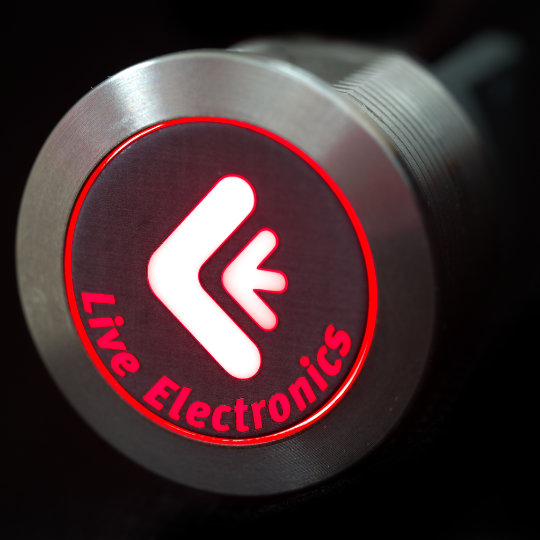Back to Basics
A switch is an electromechanical device which is used to connect or disconnect an electrical circuit without the need to remove an item from the circuit, as you would with a connector. As there are so many types of switches available a basic understanding of switch terminology can help when choosing a switch.
If you are still unsure of the best switch for your needs please feel free to contact us.
| Actuator | The actuator is a mechanical device that the operator uses in order to activate the switch. This could be the cap of a pushbutton or a lever on a microswitch. |
| Actuation Force | This is the force which is required to be placed on the actuator in order for the switch to be activated or deactivated. |
| Alternate/Maintained Action Switch | This is a switch style where once the switch has been activated the switches actuator stays in that position until it is manually changed. |
| Base/Housing | The housing is the main body of the switch, it is a protective cover for the electrical contacts within and provides insulation for the user as well as IP protection and robustness to the switch. |
| Break Before Make/BBM | This is a style of double-throw switch where one circuit is opened before the second circuit is closed. |
| Switch capacity | The switch capacity is the amount of current the switch can safely operate under. |
| Contacts | The contacts are the current-carrying parts within the switch that complete the electronic circuit. These are also the parts that open and close when the switch is operated. |
| Detent | A detent is a physical non-locking catch within the switch that indicates an activation point has been reached and can offer an audible click and/or tactile feedback to the user. |
| Dielectric Strength | The dielectric strength is the switches ability to withstand arcing, if a higher current is applied then arching may occur resulting in degradation to the switch contacts. |
| Double-Throw | This is a style of switch which makes one circuit while simultaneously breaking another circuit. |
| IP Rating | The IP rating system is a universally recognised system for describing the ingress protection against physical objects and moisture. To learn more about this check out our guide here. |
| Electrical Life | This is the expected life of the switch when it is used under normal conditions and under its stated switching capacity. |
| Lever Actuator | A lever actuator is a hinged piece of metal that is used to press the actuator of the switch. This is useful when a switch is automatically activated and is predominantly found on microswitches. |
| Make Before Break/MBB | This is a style of double-throw switch where one circuit is closed before the second circuit is opened. |
| Momentary Action Switch | This is a switch style where the circuit is made or broken only when the switch is activated. Once force is removed from the actuator the switch returns to its normal state. For instance, a normally closed switch once pressed would break the circuit, once the switch is released the circuit would be closed again. |
| Normally Closed/NC | This is when a switches contacts are closed therefore making the circuit when the switch is not activated. |
| Normally Open/NO | This is when a switches contacts are open therefore breaking the circuit when the switch is not activated. |
| Over Travel | This is the distance the actuator will continue to travel once the switch contacts have been closed or opened. |
| Pole | A pole refers to a circuit, therefore a single-pole switch can operate one circuit, a double pole switch two separate circuits and an 8 pole switch 8 separate circuits. |
| Pre Travel | This is the distance the actuator is required to travel before the contacts are closed or opened. |
| Reset Point | This is the point when the switch returns its normal position. i.e. If a momentary and normally open switch is closed the point at which the circuit is reopened when the actuator is being decompressed is the reset point. |
| Throw | This refers to the number of contact points within the switch. For instance, a single throw makes or breaks a single circuit whereas a double-throw makes one circuit whilst simultaneously breaking another circuit. |
| Snap Action | This is where the contacts within the switch snap open or closed at high speed. This is independent of the speed with which the actuator is pressed, once the actuator gets to its activation point the contacts will spring open or closed rapidly. They will then return to normal just as fast once the actuator has reached its reset point. |
| Wiping Action | This is the lateral movement of contacts within the switch, this is a design feature seen predominantly within microswitches and helps to clean the contacts of welding. |
Common Abbreviations
SPST Single Pole Single Throw
SPDT Single Pole Double Throw
DPST Double Pole Single Throw
DPDT Double Pole Double Throw

